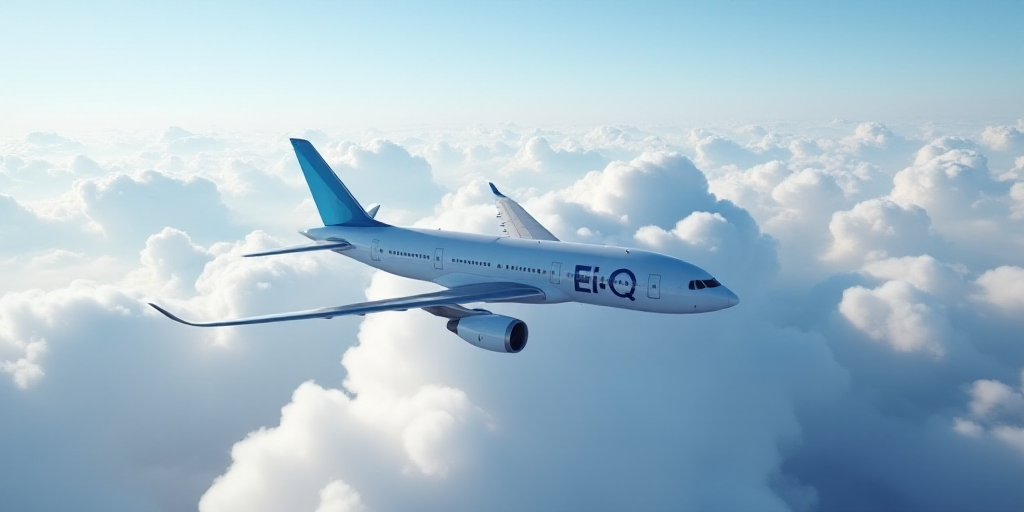Background on Azul and its Significance
Azul is a prominent Brazilian airline that has been an integral part of the aviation industry in Latin America. Founded in 2008, Azul quickly grew to become one of the largest airlines in the region. The company’s CEO, John Rodgerson, has been instrumental in shaping Azul into a competitive force within the industry. However, recent challenges have led to the airline seeking Chapter 11 bankruptcy protection in the United States.
Chapter 11 Filing and its Implications
On the morning of this Wednesday, Azul’s stock prices plummeted after the company filed for Chapter 11 bankruptcy protection in the United States. Despite months of efforts to restructure its debt, primarily from the pandemic era, Azul’s decision to seek bankruptcy protection has raised concerns among investors and industry observers.
The filing could potentially derail a possible merger with its Brazilian counterpart, Gol. Azul becomes the latest in a series of Latin American airlines to declare bankruptcy following the sector’s depression during the early months of the COVID-19 pandemic.
Stock Market Reaction
Azul’s American-traded stocks fell approximately 40% in premarket trading, marking a 70% decrease in its shares so far this year.
Restructuring Agreement
The restructuring agreement includes a commitment of $1.6 billion in financing throughout the process, elimination of over $2 billion in debt, and an additional commitment of up to $950 million in financing through stock once the company goes public, according to Azul’s statement.
“Clean Slate” Opportunity
“We had too much debt on the balance sheet, mostly from pre-COVID times. Now we have an opportunity to wipe it all clean,” Azul CEO John Rodgerson told Reuters in an interview.
Support from Key Stakeholders
Azul has reached agreements with major financial stakeholders, including existing bondholders, aircraft leasing company AerCap, and strategic partners United Airlines and American Airlines to support the restructuring.
Financial Pressures
Despite these agreements, Azul has faced ongoing financial pressures. Factors such as high operating costs, supply chain issues delaying aircraft deliveries, and the weakened Brazilian real have kept the company under strain.
Rising Interest Costs
“What I used to pay in interest in 2019 has gone up tenfold with a currency that’s 50% weaker,” Rodgerson explained.
Investment from United and American
United and American agreed to invest up to $300 million to back an offer for redeemable shares aimed at repaying the lender’s debt when Azul emerges from bankruptcy.
Financial Status
Azul’s net debt surged 50% year-over-year to R$31.35 billion (US$5.6 billion) by the end of Q1, and its leverage ratio reached 5.2 compared to 3.7 the previous year.
Capital Raise Failure
A capital raise last month failed to meet expectations, further pressuring Azul’s stock prices, which have dropped nearly 70% this year.
Credit Rating Downgrades
Rating agencies like Fitch and S&P have recently downgraded Azul’s credit rating, citing a high risk of default.
Operational Continuity
Azul has stated that it will continue normal operations while under Chapter 11 protection.
Merger Plans in Jeopardy
The Chapter 11 filing likely dashes Azul’s plans for a potential business combination with rival Gol, which would have created a dominant airline in Latin America’s largest economy. This merger idea was once promoted by Rodgerson as a “national champion.”






